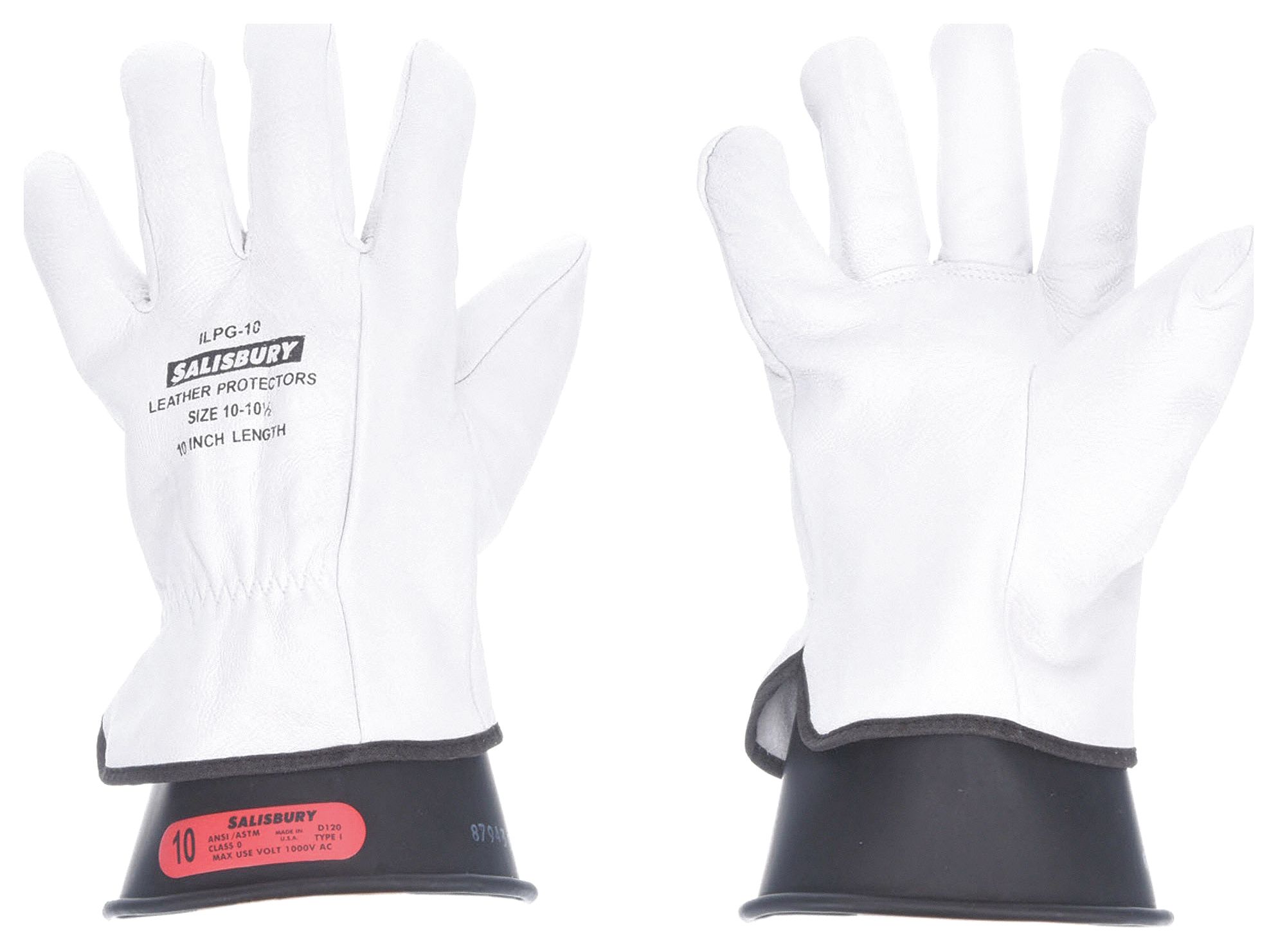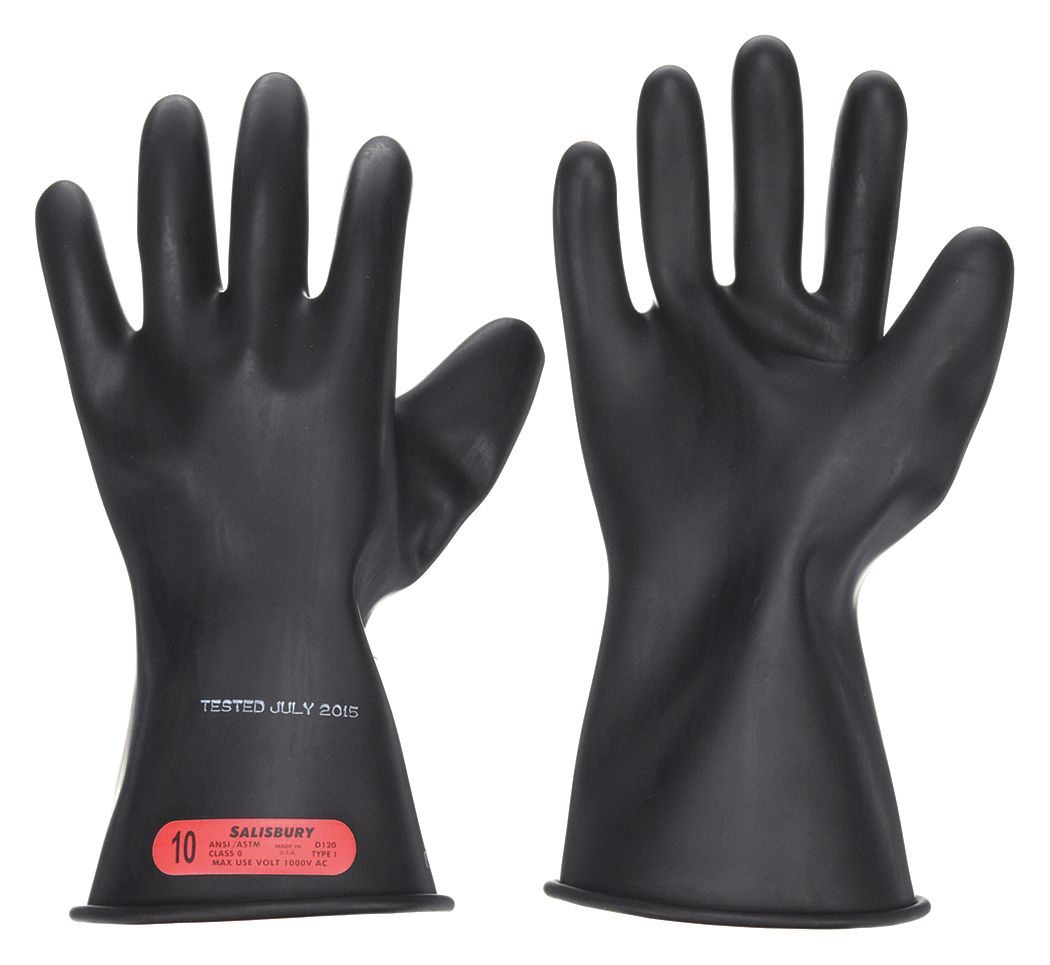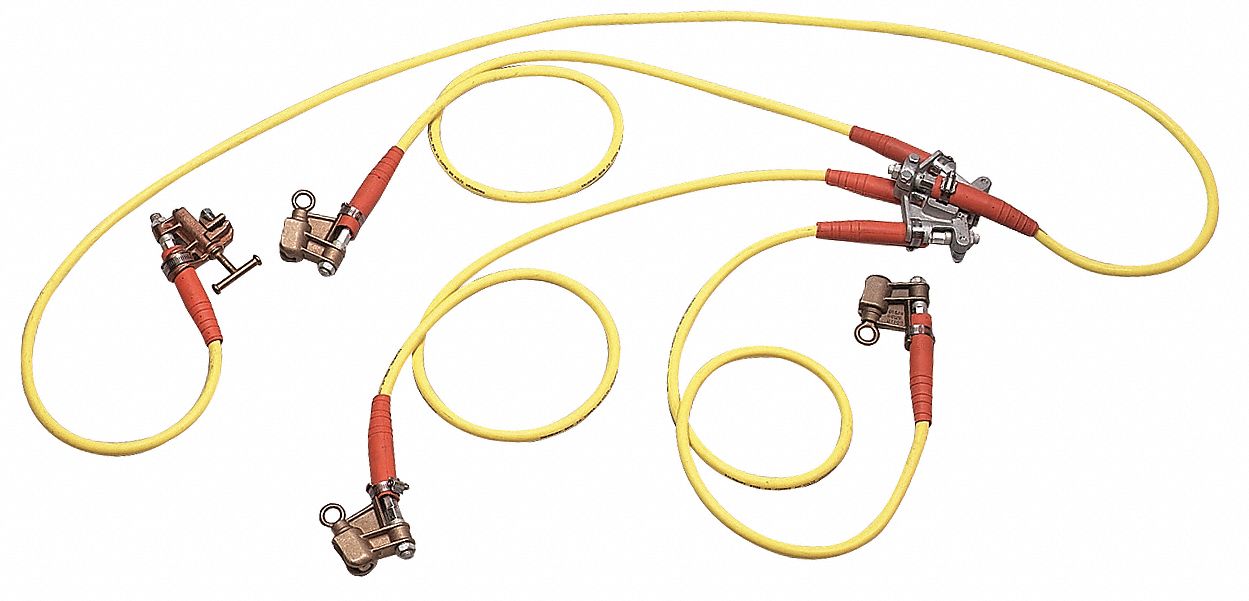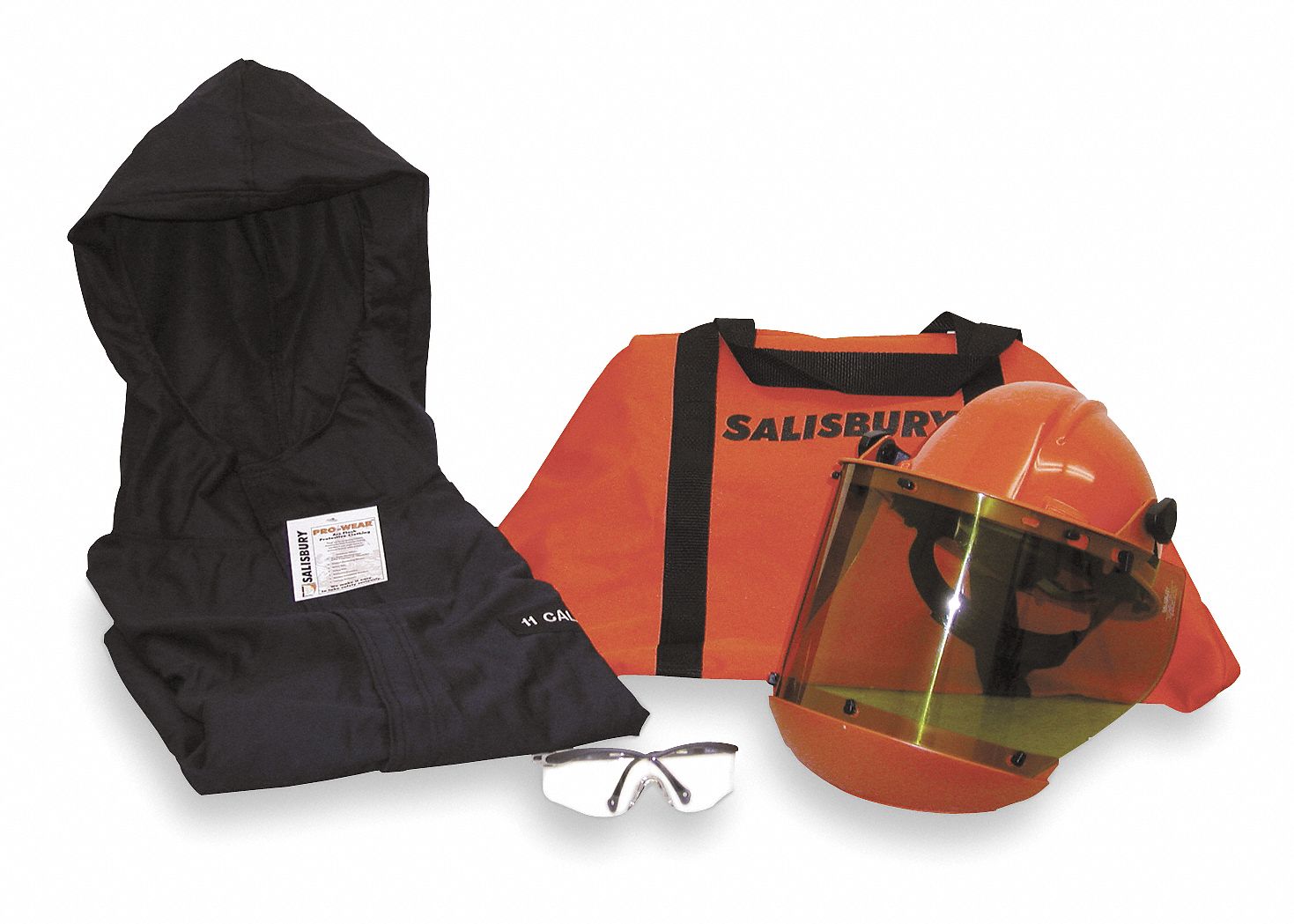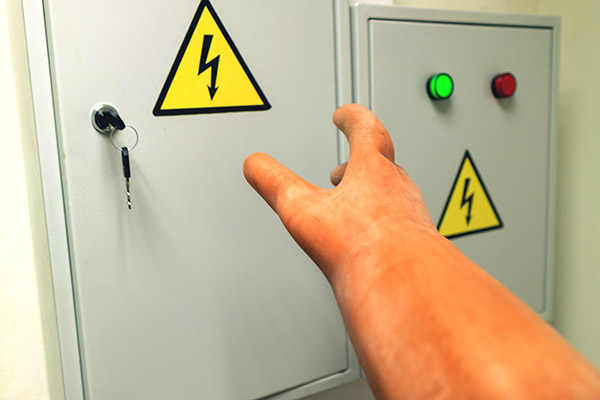

Electrical Gloves: 5 Things You Should Know
By Grainger Editorial Staff 4/27/21


Many times, the only thing standing between you and a high-voltage jolt are your gloves. Selecting the right electrical-insulating gloves can provide protection from electrical current when working on energized electrical equipment. Check out these five important electrical safety glove tips that can help prevent electric shocks.
1. Test at Required Intervals
According to OSHA in 29 Code of Federal Regulations (CFR) 1910.137(c)(2)(viii), all electrical protective equipment, including electrical gloves, must be subjected to periodic electrical tests. Test voltages are provided in Table I-4 and test intervals are given in Table I-5 .
In accordance with Table I-5, rubber insulating gloves must be tested before first issue and every six months thereafter or upon indication that the insulating value is suspect, after repair, after use without protectors and when showing any signs of the defects upon inspection.
Also, if the insulating equipment has been electrically tested but not issued for service, the insulating equipment may not be placed into service unless it has been electrically tested within the previous 12 months.
These testing intervals can sometimes be a little confusing to interpret. Here's an example: You're considering using your electrical gloves for the first time on March 1, 2022, and notice the date stamp is February 27, 2021. Would you need to get the gloves retested before use? Yes, because you haven't put the gloves into service within the allowable 12-month window. But, if the date stamp read March 2, 2021, you could use them and wouldn't need to retest them until six months after you put them into service on March 1, 2021.
All glove manufacturers incorporate some form of production code or date coding to indicate the testing date.
For additional information on the in-service care, inspection, testing, and use voltage of electrical gloves, refer to ASTM F496-24.
2. Use Accredited Test Labs
Gloves should be sent to an accredited laboratory for retesting. Grainger offers glove retesting and other environmental, health and safety services, or you can use another testing laboratory accredited by North American Independent Laboratories (NAIL) for Protective Equipment Testing.
3. Use Gloves from the Right Classification
OSHA outlines electrical protective equipment in 29 CFR 1910.137. Electrical safety gloves are categorized by the level of voltage protection they provide and whether or not they are resistant to ozone. The voltage breakdown is as follows:
| Class of Equipment | Maximum Use Voltage (AC) | Proof Tested (VAC) | Proof Tested (VDC) |
|---|---|---|---|
|
00 |
500 |
2,500 |
10,000 |
|
0 |
1,000 |
5,000 |
20,000 |
|
1 |
7.500 |
10,000 |
40,000 |
|
2 |
17,000 |
20,000 |
50,000 |
|
3 |
26,500 |
30,000 |
60,000 |
|
4 |
36,000 |
40,000 |
70,000 |
Ozone resistance is broken down into either Type I or Type II:
- Type I is not resistant to ozone
- Type II is resistant to ozone
Note: A leather protector should always be worn over a rubber insulating glove to provide protection from cuts, abrasions and punctures. However, there are some exceptions highlighted in 29 CFR 1910.137(c)(2)(vii)(A) — (C). If the voltage does not exceed 250 volts AC, or 375 volts DC, protector gloves need not be used with Class 00 or Class 0 gloves, under limited-use conditions, when small equipment and parts manipulation necessitate unusually high finger dexterity. It also states that any other class of gloves may be used without protector gloves, under limited-use conditions, when small equipment and parts manipulation necessitate unusually high finger dexterity, but only if the employer can demonstrate that the possibility of physical damage to the gloves is small and if the class of gloves is one class higher than that required for the voltage involved.
4. Inspect Before Each Use
OSHA requires that protective equipment be maintained in safe, reliable condition. Gloves should be inspected for tears, holes, ozone cuts and other defects before each use. For more information, refer to the ASTM F 1236-24 standard guide for the visual inspection of electrical protective rubber products.
Also, gloves should be inspected for any swelling, which is generally caused by chemical contamination (specifically by petroleum products). Even the slightest swelling can be a problem.
If the electrical gloves show any signs of the defects discussed above upon inspection, they should be taken out of service for cleaning and retesting (even if it hasn't met the six-month “in-service” rule or the 12-month shelf life rule discussed in the date stamp section of this article) per 1910.137(c)(2)(vii) requirements.
5. Air Test Gloves for Leaks
OSHA's 29 CFR 1910.137(c)(2)(ii) requires an air test be performed along with inspections for insulating gloves. ASTM F 496-20 also specifies air tests for the in-service care of insulating gloves and sleeves. Basically, the glove is filled with air (either manually or with a power inflator) and then checked for leakage.
As stated in ASTM F 496-20, Type I gloves should be expanded no more than 1.5 times their normal size during the air test and Type II gloves no more than 1.25 times. The procedure should be repeated after turning the glove inside out.
For more information on electrical safety gloves, see Quick Tip 262, Electrical Safety Gloves: Inspection and Classification.
The information contained in this article is intended for general information purposes only and is based on information available as of the initial date of publication. No representation is made that the information or references are complete or remain current. This article is not a substitute for review of current applicable government regulations, industry standards, or other standards specific to your business and/or activities and should not be construed as legal advice or opinion. Readers with specific questions should refer to the applicable standards or consult with an attorney.

